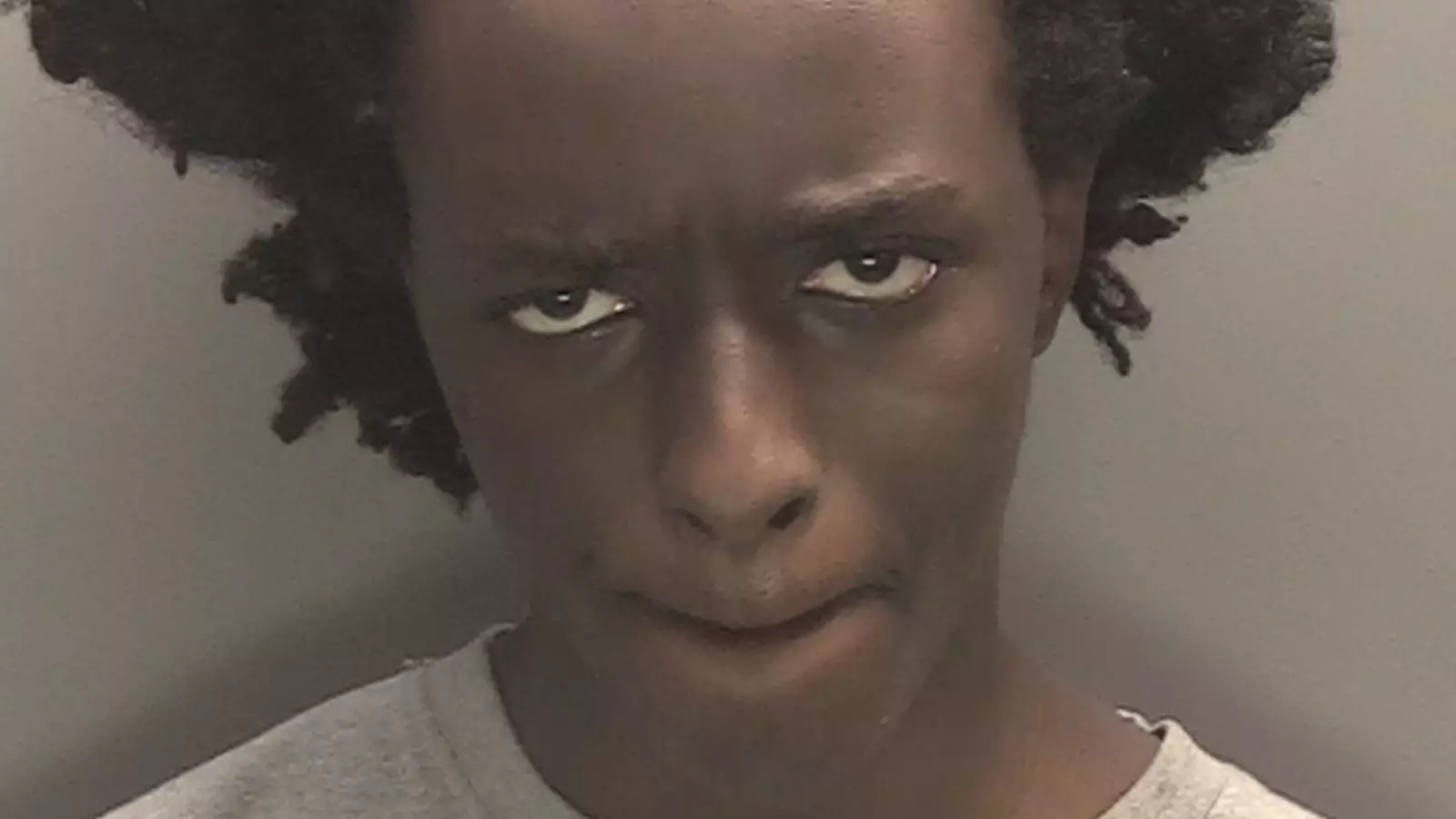The incidents surrounding Axel Rudakubana offer a deeply unsettling glimpse into the failures of educational and social systems meant to protect society from emerging threats. Once a troubled adolescent with a chilling obsession with violence, Rudakubana’s behavior raised multiple red flags long before he committed his violent acts. This article dissects the harrowing timeline of his actions and the broader implications for preventive measures in educational and social frameworks.
From an early age, Rudakubana demonstrated alarming tendencies, which included a reported “kill list” targeting fellow students. Such revelations from his peers indicate that the knowledge of his violent inclinations was not confined to a few individuals; it was largely acknowledged within his school community. His expulsion from Range High School in 2019 after attempting to bring a knife onto the premises should have served as a crucial turning point, yet mere months later, he returned to the school, creating an environment of fear for both students and staff alike.
The predicament intensifies when considering the two occasions following his expulsion where he gained access to the school and attempted violence with a hockey stick. This behavior raises grave questions about the effectiveness of the school’s administrative response to his previous actions and the lack of sufficient protections in place to prevent his return. How much more evidence did authorities require before understanding the seriousness of the threat he posed?
Rudakubana’s three referrals to the UK government’s Prevent programme, designed to intervene in radicalization and preempt violence, seem to represent a critical breakdown in protocol. Despite being flagged multiple times, the system failed to engage in meaningful interventions or support. The purpose of such programs is to identify and mitigate risks posed by at-risk individuals; however, the lack of tangible action begs numerous questions about its efficiency.
Parents, teachers, and law enforcement—all of whom had some level of awareness of Rudakubana’s troubling behavior—failed to collaborate effectively. Dylan Pemberton’s concerns about Rudakubana serve as an example of how community vigilance can clash with institutional inertia. Statements expressing disbelief that a known troubled youth could slip through the cracks suggest a systemic failure—a tragic misalignment of communicated concern and actionable response.
Understanding Rudakubana’s family background provides an additional layer of complexity to this case. His parents, having immigrated from Rwanda, might have faced their own struggles while trying to navigate a new and challenging environment. Nevertheless, it raises questions about parental awareness and involvement during a time when their son’s psychological health was deteriorating.
The incident preceding his violent acts, in which his father attempted to prevent him from traveling to school, marks a pivotal moment. It highlights the potential for familial intervention but also reflects the disarray in seeking help from appropriate authorities. If both the school system and social services had acted more decisively, could Rudakubana’s descent into violence have been curtailed? The answer remains speculative, yet the reality is that lives have been irrevocably altered as a result of this oversight.
In light of these events, the public inquiry announced by Home Secretary Yvette Cooper signifies recognition of the grave oversight by various agencies. The call for independent answers suggests a recognition of the need for reform, not only within the Prevent programme but also in the overall approach towards handling potential threats posed by at-risk youth. It is critical for stakeholders—schools, social services, and law enforcement—to enhance communication channels and create coordinated strategies for intervention.
Ultimately, the failure to prevent Axel Rudakubana’s violence serves as a cautionary tale about the importance of vigilance, proactive engagement, and inter-agency collaboration. As society grapples with such tragic outcomes, the lessons learned from these events could potentially pave the way for a future where similar preventable tragedies may be avoided. The time to act is now.


Leave a Reply